By Athena Bellas
For more great recommendations, check out @teenscreenfem on Instagram!
Film and television are powerful mediums for shaping public perceptions. They foster ways of thinking about the world, its structures, and the people around us. Elizabeth Cowie calls movies ‘public fantasies’; they are imaginative stories that we share with each other. Cowie’s phrase prompts us to ask urgent questions such as: what are the limits placed on that imaginative space of our public fantasies? What are the ideas, individuals or groups that dominate visual culture to such an extent that they don’t give us much space to perceive anything else? What isn’t included, and how does this shrinking of our collective attention affect the world and how we live in it? What cultural agendas rely on, or are fuelled by, the erasure of particular stories?
Even more specific questions emerge when thinking about the particularity of Australian film and television. For instance: whose Australia gets represented? From what perspective? What is wilfully left out of the dominant narrative, and why? As Griffin et al. point out, ‘Australia’s narrative has been predominantly written and told by the colonisers of this country’ (2017, 132). They found that throughout Australian film history, Indigenous people have been overwhelmingly portrayed in negative ways, ‘which perpetuate[s] negative perceptions and stereotypes’ (133). However, when funding bodies for First Nations filmmakers began to emerge in the early 1990s, Griffin et al. report that ‘[t]he owners of the culture were finally able to tell their story in a medium that could reach mainstream audiences. This storytelling has become a powerful tool for educating the wider society to the history, ontology, knowledges and culture of Indigenous Australians’ (134). Penny Smallacombe, the Head of Screen Australia’s Indigenous department, elaborates on this point about the importance of shifting perceptions. She says:
it is vitally important with all of the negative media that exists around Indigenous people, around Indigenous youth, that we get to see ourselves portrayed on screen in a positive light or in an authentic way. Our ability to make stories about ourselves is also a healing process for us. Wider audiences will never understand us unless it comes from us and the genesis of the concept, the first pen-to-page, comes from Indigenous people. Those are the best stories (2018, n.p.).
Belinda Smaill writes about the power of movies in a similar vein: ‘[f]ilmmaking always contains the potential for engendering modes of storytelling which can bring forth new images and sources of identification. It can also re-present old images in ways that trigger different imaginative understandings of history and the present. The medium succeeds in the instances where it shifts our perceptions, no matter how slightly’ (2003, 119). And as Therese Davis notes, there are so many Indigenous filmmakers utilising exciting experimental methods, playing with diverse genres and modes of storytelling, and pursuing aesthetics that invent and nurture new ways of perceiving (2010, 800-801 and 2014 86-88). By ‘tak[ing] control of the camera to document their own lives and histories,’ these media makers disrupt the racist, settler colonialist agendas that have long dominated Australian visual culture (Gauthier 2015, 284). With that in mind, Australians should take stock of the sorts of stories they seek out and consume, who those stories are made by, and from what perspective.
Still from beDevil (Tracey Moffatt, 1993).
If there are few (or no) films made by Indigenous creators on your to-watch list, consider asking yourself why, and how that might be shaping your ideas about the world. Because these are exciting, innovative, and challenging works of audiovisual art that we should all be actively seeking out. Luckily, we have a wealth of incredible movies and television shows streaming on Australian platforms right now! Here are thirteen great suggestions to get you started:
Samson and Delilah (directed by Warwick Thornton, 2009) Streaming on Stan
Mystery Road (directed by Ivan Sen, 2013). Streaming on Stan
Goldstone (directed by Ivan Sen, 2016). Streaming on Stan
Redfern Now (executive produced by Erika Glynn and Sally Riley, 2012). Streaming on Stan
Mystery Road (executive produced by Ivan Sen, Sally Riley and Kim Goldsworthy 2018-2020). Streaming on Stan and ABC iView
We Don’t Need a Map (directed by Warwick Thornton, 2017). Streaming on Kanopy
beDevil (directed by Tracey Moffatt, 1993). Streaming on Kanopy
River of No Return (directed by Darlene Johnson, 2008). Streaming on Kanopy
Occupation Native (directed by Trisha Morton-Thomas, 2017). Streaming on Kanopy
Bran Nue Dae (directed by Rachel Perkins, 2010). Streaming on Kanopy
Sweet Country (directed by Warwick Thornton, 2017). Streaming on SBS On Demand
Marni (directed by Tyson Mowarin, 2019) Streaming on SBS On Demand
Cleverman (written by Michael Miller, Jon Bell and Jane Allen, 2016-2017). Streaming on ABC iView
Bibliography:
Cowie, Elisabeth. 1984. ‘Fantasia.’ M/f 9, pp.71-104.
Davis, Therese. 2014. ‘Between Worlds: Indigenous Identity and Difference in the Films of Darlene Johnson.’ Camera Obscura 29.1, pp. 81-109. DOI: 10.1215/02705346-2408525
Davis, Therese. 2010. ‘Beyond good/should/bad: Teaching Australian Indigenous Film and Television.’ Continuum 24.5, pp.799-804. DOI: 10.1080/10304312.2010.505329
Gauthier, Jennifer L. 2015. ‘Embodying Change: Cinematic Representations of Indigenous Women’s Bodies. A Cross-Cultural Comparison.’ International Journal of Media and Cultural Politics 11.3, pp. 283-298. DOI: 10.1386/macp.11.3.283_1
Griffin, Lynn, Steven Griffin and Michelle Trudgett. 2017. ‘At the Movies: Contemporary Australian Indigenous Cultural Expressions – Transforming the Australian Story.’ The Australian Journal of Indigenous Education 47.2, pp. 131-138. DOI: 10.1017/jie.2017.15
Smaill, Belinda. 2003. ‘Filmic Encounters: The Indigenous Struggles on Film Festival.’ Metro Magazine 134, pp.118-123
To add your suggestions, and join in the conversation, make sure you follow us on the OWP Facebook and Instagram pages!


